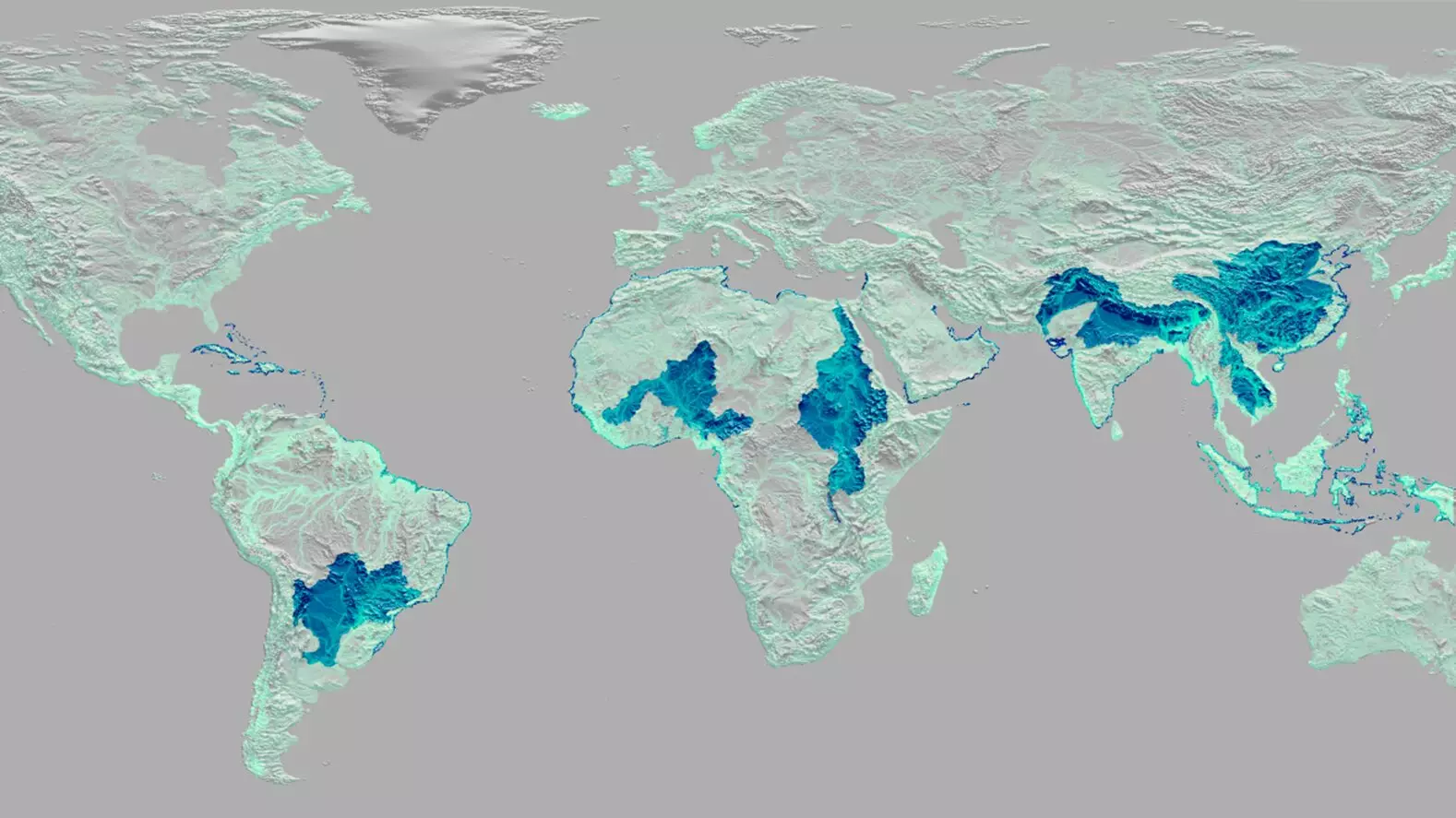Despite ongoing efforts and technological advancements, the world remains perilously behind on the goal of eliminating waste leakage into our oceans and waterways by 2030. A recent comprehensive study by IIASA underscores an inconvenient truth: achieving zero waste leakage appears increasingly unlikely, and this shortfall threatens to undermine critical Sustainable Development Goals (SDGs). The findings reveal that the problem isn’t isolated or manageable in parts; it’s a systemic crisis rooted in outdated waste management infrastructures, especially in the world’s most populous and developing regions. The leakage of municipal solid waste—comprising everyday disposables—into aquatic environments carries profound consequences, damaging ecosystems, threatening biodiversity, and endangering human health across the globe.
The danger is not confined to plastic debris, often the poster child of pollution discussions. Instead, the study emphasizes the broader scope of waste types—including paper, metals, and organic matter—that find their way into lakes, rivers, and oceans, often in remote regions previously considered untouched. From the Arctic to the Antarctic, waste is creeping into ecosystems once thought sheltered, highlighting the pervasiveness of this crisis. Current strategies have often contrasted handling specific waste streams—like plastics—yet neglect the interconnectedness of waste flows and their cumulative impacts. This myopic focus risks creating new problems while addressing others, and the study advocates for a holistic, systems-level view to genuinely tackle waste leakage.
Regional Disparities: Where the Crisis Is Most Acute
A critical insight from the research is the disproportionate burden borne by certain regions—particularly Africa, China, India, and South Asia. These areas, characterized by rapid urbanization and expanding populations, also grapple with inadequate waste management infrastructure. Adriana Gomez Sanabria, the lead author, asserts that targeted improvement efforts in these regions are essential. Without focused interventions, waste will continue to escape landfills and enter aquatic systems, perpetuating a cycle of environmental degradation.
This regional disparity signals a failure of global solidarity and coordination. It suggests that wealthy nations, often viewed as leaders in waste management innovations, must not neglect assisting these vulnerable areas. Investment in infrastructure, technological transfer, and capacity-building are fundamental to closing the gap. The multinational scope of the problem calls for an unprecedented level of cooperation, transcending political and economic borders to establish truly effective waste management systems.
The Danger of Narrow Focus and the Need for Holistic Strategies
The study makes a compelling case against the narrow focus on single waste streams. For example, the substitution of single-use plastic cups with paper alternatives, while seemingly beneficial, resulted in a surge in paper waste. Such shifts underscore the complexity of waste management: addressing one problem often exacerbates another if policies do not consider the full waste flow context. Effective solutions must simultaneously target multiple waste categories, implementing comprehensive waste reduction targets that are adaptable and resilient.
Universal waste collection emerges from the research as the most effective primary strategy. It isn’t enough to reduce waste generation if existing waste continues to escape collection or disposal processes. Instead, the focus must shift toward establishing standardized, transparent frameworks for monitoring waste metrics—composition, volume, and flow—to evaluate progress accurately. Without reliable data, policies remain guesses rather than strategic interventions.
This nuanced approach requires embracing technological innovations—smart waste tracking, IoT-enabled containers, and data-sharing platforms—combined with political will and community engagement. The goal should be a resilient, adaptable waste management infrastructure capable of keeping pace with the volume and diversity of waste generated worldwide.
Reimagining Waste Management: Responsibility, Behavior, and Global Responsibility
At the heart of the waste leakage crisis is a fundamental question of responsibility. The study’s authors emphasize that waste management’s primary function must be safeguarding both human health and the environment. However, this requires a paradigm shift in societal behavior—moving away from wastefulness toward practices rooted in refuse, rethink, and reuse principles.
The role of individual consumers, corporations, and policymakers is crucial. Behavioral change, guided by education and awareness, can dramatically reduce waste generated at the source. Meanwhile, policy measures—such as stricter regulations, incentivizing recycling, and enforcing extended producer responsibility—are vital to shift industries toward more sustainable practices.
Yet, the global nature of the waste crisis demands more than just local or national accountability. International cooperation is essential to develop cohesive strategies, share innovations, and ramp up funding targeting high-leakage regions. As Gomez Sanabria points out, we cannot continue to ignore the interconnectedness of our waste systems; doing so risks compounding environmental degradation and obstructing progress toward our SDGs.
Ultimately, this crisis challenges our collective ethics and sense of stewardship. It calls for embracing the inconvenient truth that we are complicit in the pollution of our planet and that meaningful change requires concerted effort, responsibility, and innovation. Only through rethinking our relationship with waste and working collaboratively can we hope to stem the tide of leakage and secure a healthier future for ecosystems and humanity alike.

